Aging Population Dynamics
Japan's demographic landscape is characterized by a rapidly aging population, which significantly influences the anti-aging services market. As of 2025, approximately 28% of the population is aged 65 and older, creating a substantial demand for services aimed at mitigating the effects of aging. This demographic shift is expected to drive growth in the anti aging-services market, as older individuals seek solutions to maintain their vitality and appearance. The increasing life expectancy, currently around 84 years, further emphasizes the need for effective anti aging interventions. Consequently, businesses in the anti aging-services market are likely to tailor their offerings to meet the specific needs of this aging demographic, potentially leading to innovative service development and enhanced market competition.
Cultural Emphasis on Beauty
In Japan, there exists a deep-rooted cultural emphasis on beauty and youthfulness, which significantly influences the anti aging-services market. The societal standards of beauty often prioritize a youthful appearance, leading to a high demand for services that cater to this ideal. This cultural perspective encourages individuals to invest in anti aging treatments, ranging from skincare regimens to cosmetic procedures. Market data suggests that the beauty and personal care sector, which encompasses anti aging services, is expected to reach ¥3 trillion by 2026. This cultural inclination towards maintaining a youthful appearance not only drives consumer spending but also fosters a competitive environment among service providers, who continuously innovate to meet evolving consumer expectations.
Rising Health Consciousness
There is a notable increase in health consciousness among Japanese consumers, which is positively impacting the anti aging-services market. As individuals become more aware of the importance of maintaining health and wellness, they are increasingly seeking services that promote longevity and youthful appearance. This trend is reflected in the growing demand for nutritional supplements, skincare products, and wellness therapies, which are integral components of the anti aging-services market. Recent surveys indicate that over 60% of consumers prioritize health and wellness in their purchasing decisions, suggesting a shift towards preventive care. This heightened awareness may lead to a more competitive landscape, as businesses strive to offer innovative and effective solutions that align with consumer preferences.
Economic Factors and Disposable Income
Economic conditions in Japan play a crucial role in shaping the anti aging-services market. With a stable economy and rising disposable incomes, consumers are increasingly willing to invest in services that enhance their appearance and well-being. The average disposable income in Japan has seen a gradual increase, allowing more individuals to allocate funds towards anti aging treatments. This trend is particularly evident among the middle and upper classes, who are more likely to seek premium services. As the economy continues to grow, the anti aging-services market is expected to benefit from increased consumer spending, leading to a wider array of service offerings and enhanced market dynamics.
Technological Advancements in Treatments
The integration of advanced technologies in the anti aging-services market is transforming the landscape of available treatments. Innovations such as laser therapy, cryotherapy, and regenerative medicine are becoming increasingly prevalent in Japan, offering consumers more effective and less invasive options. The market for aesthetic devices is projected to grow at a CAGR of 10% through 2027, indicating a robust interest in technologically driven solutions. These advancements not only enhance treatment efficacy but also improve patient experience, making services more accessible and appealing. As technology continues to evolve, the anti aging-services market is likely to witness the emergence of new treatment modalities, further expanding consumer choices and driving market growth.


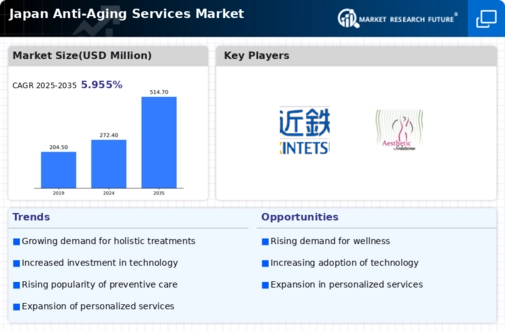
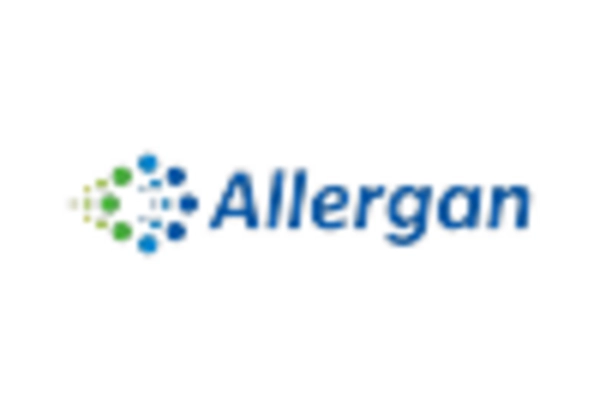
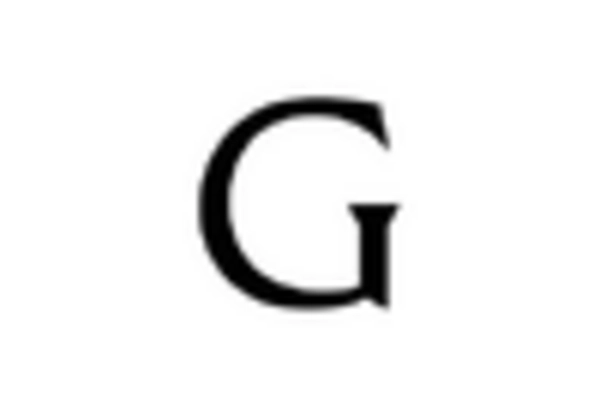
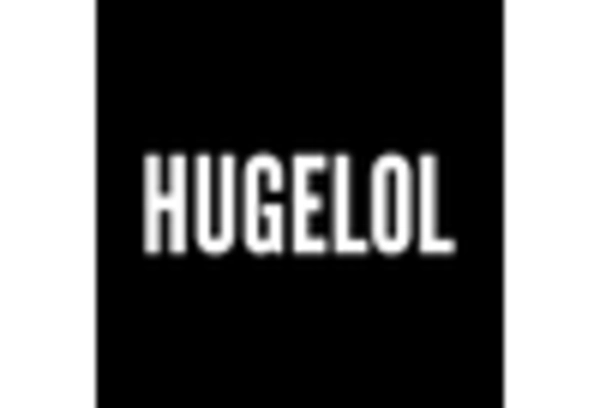
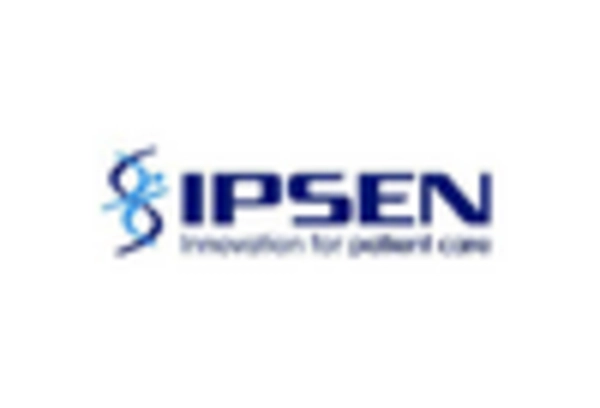
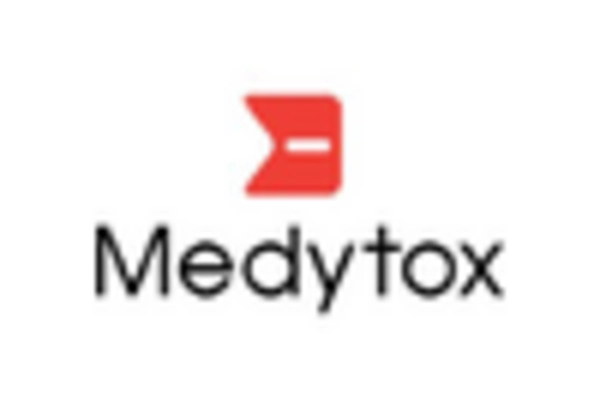
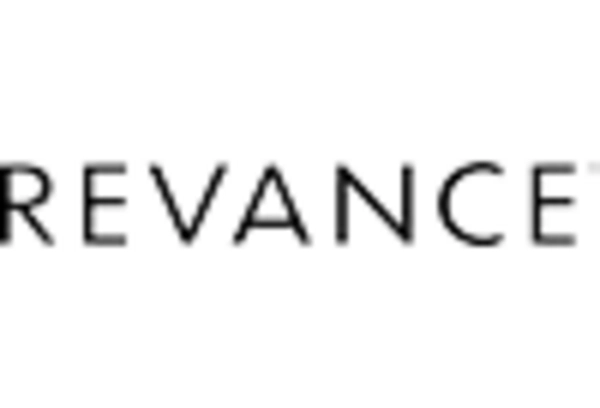








Leave a Comment